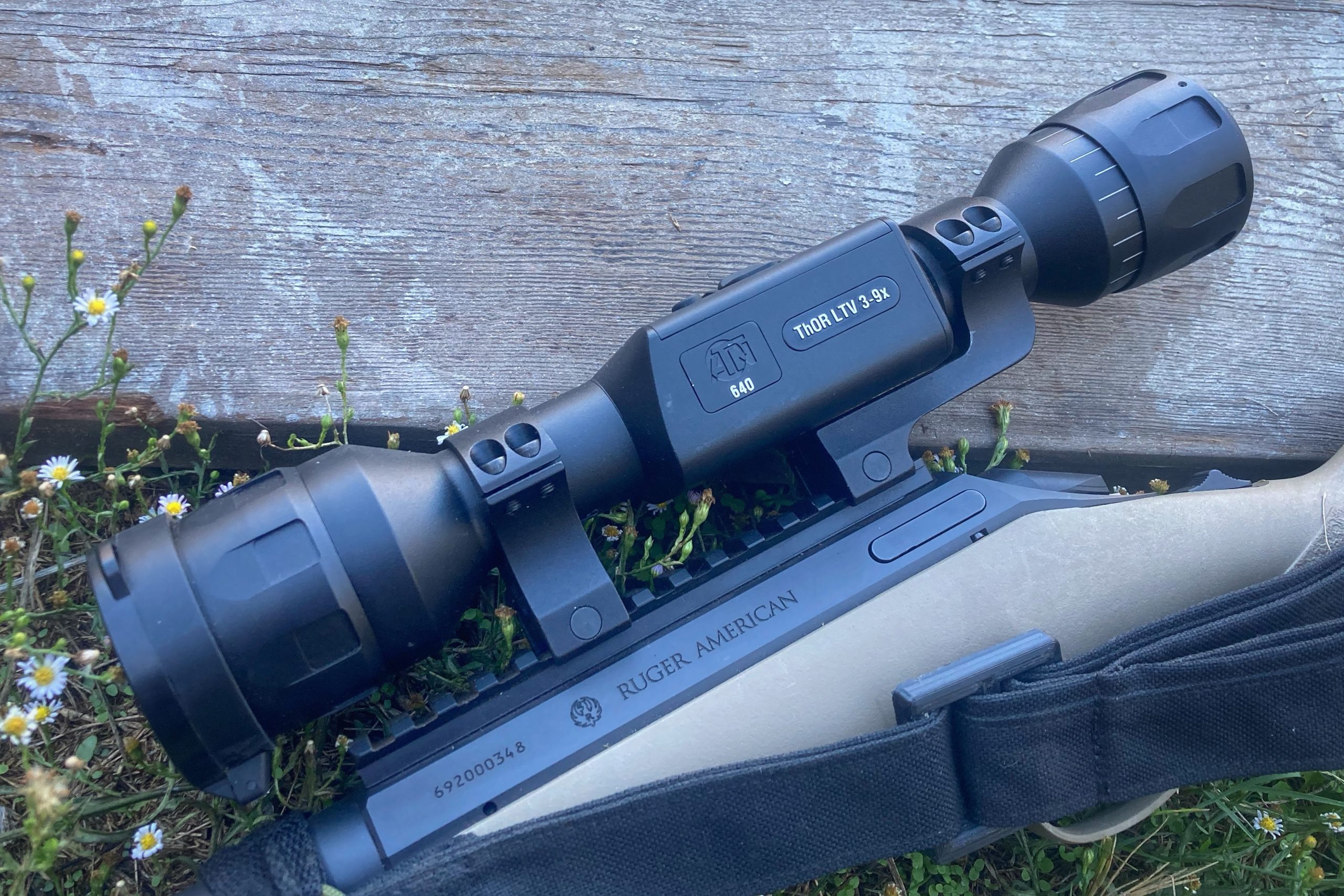
ATN has always been at the forefront of budget-minded night optics and now they have added another option in their catalog of products. The ATN ThOR LTV is a value-minded thermal scope that doesn’t skimp on features.
Preface
My career in the steel industry has required me to wear quite a few different hats. One of which was a Predictive Maintenance Specialist. In that role, I used a variety of tools like ultrasound, mag particle, thermal imaging, and oil analysis to predict and prevent equipment failure. My mentor had been working in the field for decades and told stories of the equipment they used in the past. As recently as the 1990’s thermal cameras were the size of a suitcase and required liquid nitrogen baths to cool the sensors.
From prohibitively expensive suitcases to affordable units that can fit in the palm of your hand; the technological advancement in the area of thermal imagers is quite amazing. As the technology becomes increasingly compact and affordable, the popularity of thermal rifle optics has exploded and for good reason. If you have ever hunted with one you know that having a thermal optic is a distinct advantage unmatched by any other piece of equipment.
ATN hopes to capitalize on the wave of new thermal users with the ThOR LTV. This scope is marketed as a feature-packed and affordable thermal optic. Let’s take a look and see if it lives up to these claims.
ATN ThOR LTV General Specs
To start off, here are some specs for the 3-9x 640 model I was loaned.
- 640×480 / 12 μm resolution
- 3-9x magnification
- 12.6°x9.4° field of view
- 35mm objective lens
- 1280×720 pixel display resolution
- 9+ hour battery life
- 1.4 lb / 650 g weight
Mounting the Optic
To mount this scope, I had to use a method that is a bit unorthodox. This rifle has a longer stock and space on the optic to attach rings is limited so I had to use a cantilever mount attached backwards to achieve proper eye relief. If I had used standard rings the scope would have sat too far forward.

These rings are from ATN although they did not come included with the optic. The body is 30mm, so cantilever mounts are readily available. Most should work well if you need to mount the optic further back like I did.
Zeroing the ATN ThOR LTV
Like most electronic optics the zeroing process is pretty intuitive. Just take one shot, open the zeroing function in the menu, move the crosshair to where the bullet impacted, and save. This is called a “one-shot zero” and it gets you a rough zero pretty quickly. The main frustration I have is that this only lets me adjust the reticle at the base 3x magnification. Even if I take my shot at 9x, as soon I enter the zeroing function it kicks me back to 3x. This makes placing the crosshair in the exact right spot more difficult and thus costs me a couple of extra shots to get a good zero.
Battery Life
The battery life of this optic is superb. On one occasion I used it from 9pm-3am while coyote hunting and only used half the battery. This is right in line with the advertised 9+ hour battery life. It sure is nice to go an entire night without having to shut off your optic or replace batteries.
This scope is rechargeable via a covered USB-C port on the left side of the housing. Historically, I have preferred optics that use interchangeable batteries so I can swap them out when they go dead but with a battery life like this, that has not been an issue.
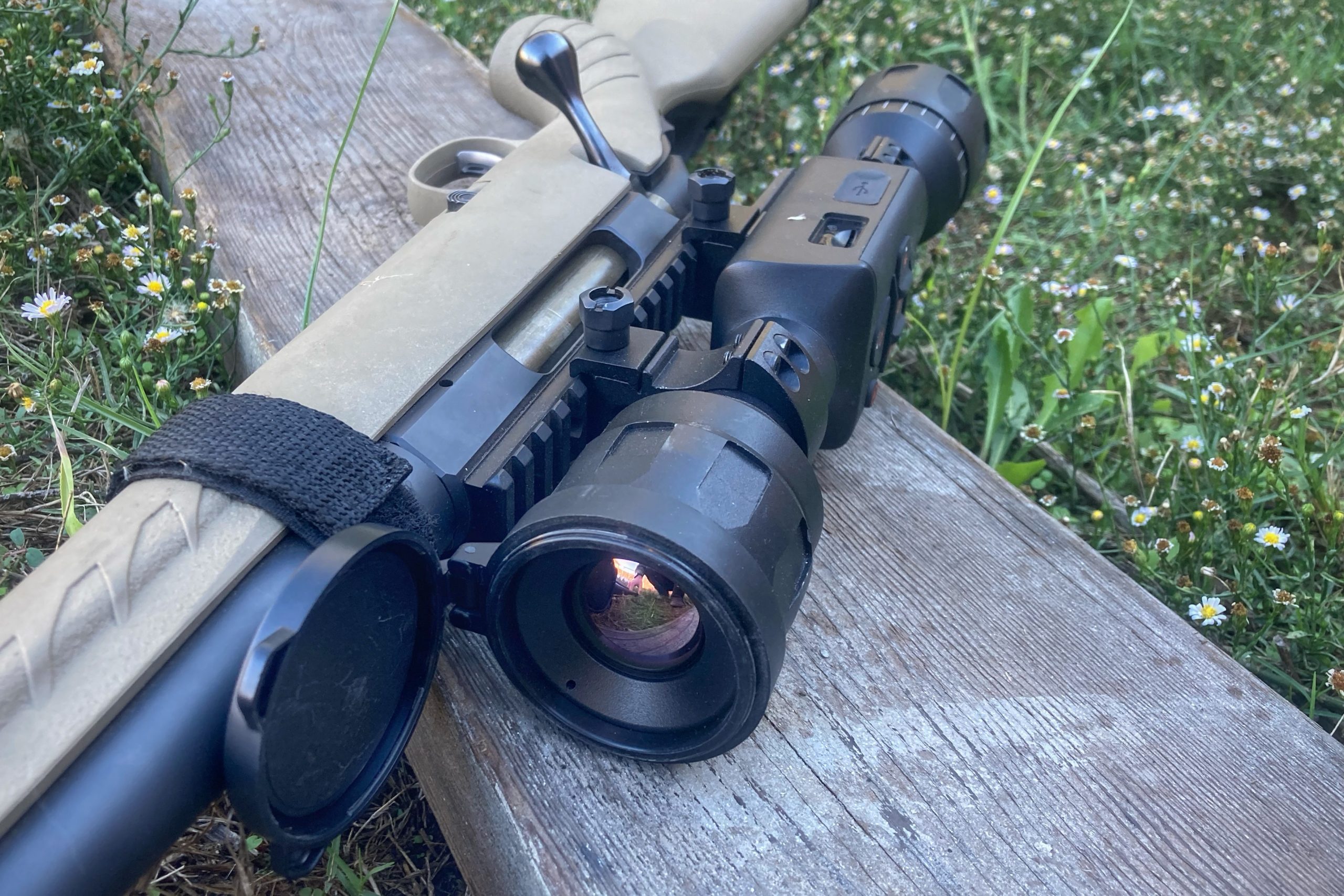
Miscellaneous Features
A 3D accelerometer gives an indication of the level on the X and Y planes. This could be useful for shooting long range but for my purposes, it isn’t much of a benefit.
Multiple color palettes are available, but my favorite is still the standard black and white. It puts less strain on my eye when used for long periods plus it shows the most contrast for spotting far away heat signatures.
Brightness can be changed without having to go into the settings menu. I frequently change this depending upon my environment, so I appreciate it having its own button.
READ MORE: ATN ThOR 4 640- Godlike or Gimmick? Long Term Review
The zoom is controlled via a single button that cycles through 3x, 5.4x, 7.2x, and 9x in that order. Four options are just right for this magnification range, but I wish you could choose to increase or decrease magnification instead of just cycling through the options. I noticed this one time when I had the scope set to 5.4x with a coyote running in. I wanted a lower magnification, but I had to cycle through the other two magnifications before coming back to 3x.
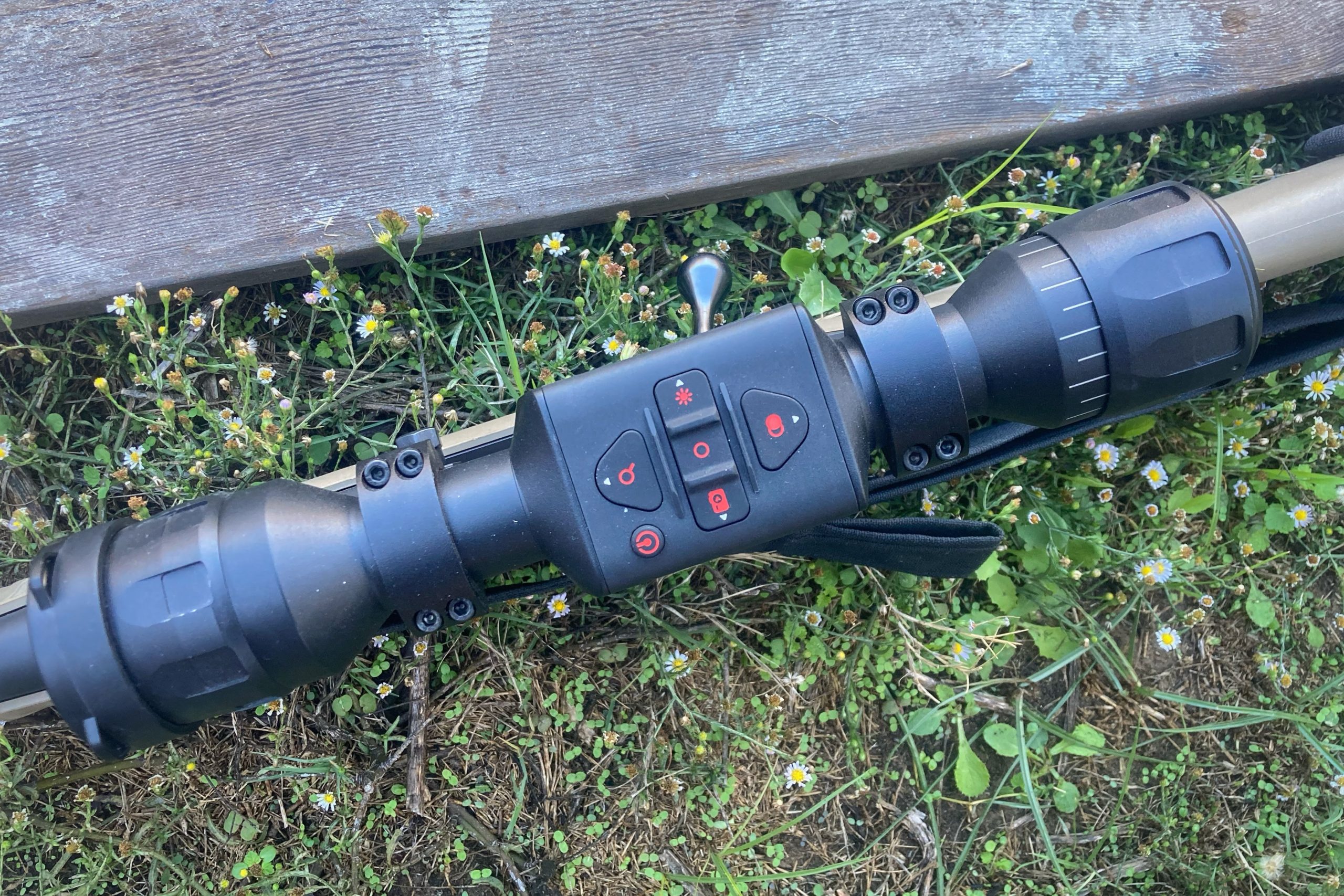
This optic is capable of recording video as well as taking still images, but it does not record sound. These files are stored on a micro-SD card that is inserted into the optic near the charging port. The next few images were captured with the device but keep in mind, they do not appear this grainy when viewed through the scope since there they are displayed on a much smaller screen.
Durability of the ATN ThOR LTV
This is the second ATN optic I have tested, and both have had what I can only describe as cheap-feeling characteristics. This is completely subjective, but this optic doesn’t feel like it will take much abuse. The charging port and SD card slot are covered by rubber caps. One of my caps broke off and left the SD card exposed to the environment. The manual claims it is “weather resistant” but gives no IP rating so I wouldn’t trust it in anything more than a light drizzle. The buttons on top are large but somewhat unresponsive, sometimes requiring a second press to effect the command. Nothing on the unit has failed but it just doesn’t feel very robust.
In The Field With the ThOR
Starting at around 9pm, a couple of my buddies and I had just arrived at our first field. We hopped out of the truck, walked the electronic call out about fifty yards, and positioned ourselves in a line behind our tripods. We had only been calling for about five minutes when we spotted a lone coyote trotting in our direction. About two hundred yards away, I increased the magnification on my scope to 5.4x and waited for the coyote to close the distance. Within a minute he was broadside at fifty yards, we gave a countdown and all three took the shot in unison. The dog dropped where it stood.
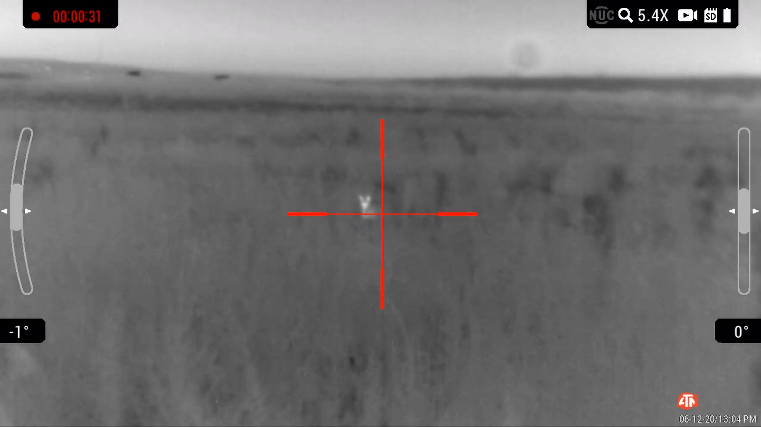
Later in the night, we set up in the middle of a cut corn field. Same as last time, we set the call out and positioned our tripods broadside to the direction that we suspected the coyotes to come from. This location had three coyotes stopped about two hundred yards away. Maybe if we had done a better job camouflaging ourselves, they would have come in closer but no matter, we were still able to time our shots and take two of the three (two of us were on the same dog).
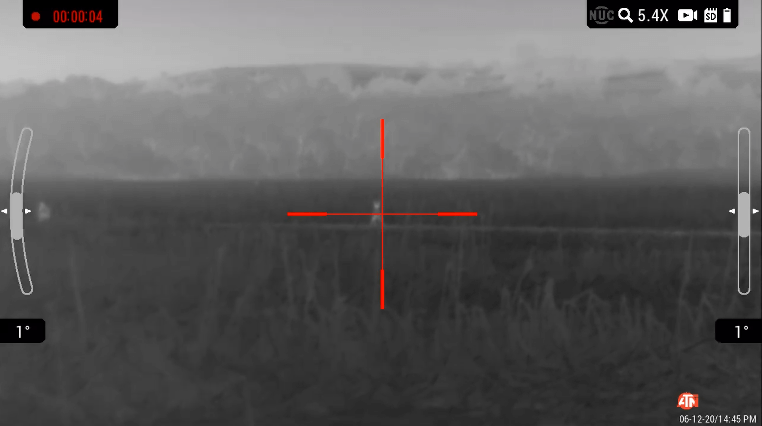
At our final location, we were standing on the edge of a cotton field that looked ready to harvest. We watched as coyotes ran in from both corners of the field bounding over the crops. These seemed more weary; not coming within four hundred yards and working their way back and forth. Finally, one dipped into the timber then emerged between two rows of cotton at about eighty yards. We gave another countdown and dropped him.
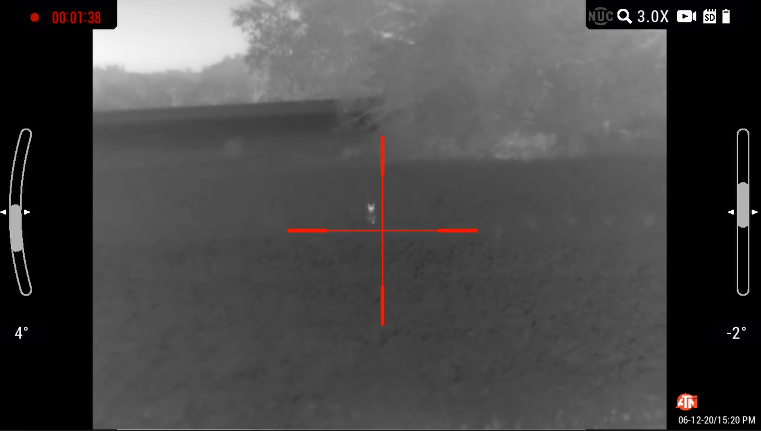
This was the most productive night of coyote hunting I have ever had, and I fully credit the success to all three of us having thermal. We were able to spot animals from hundreds of yards and prepare for the shot as they approached. Even night vision has only a fraction of the effectiveness of thermal for this application.
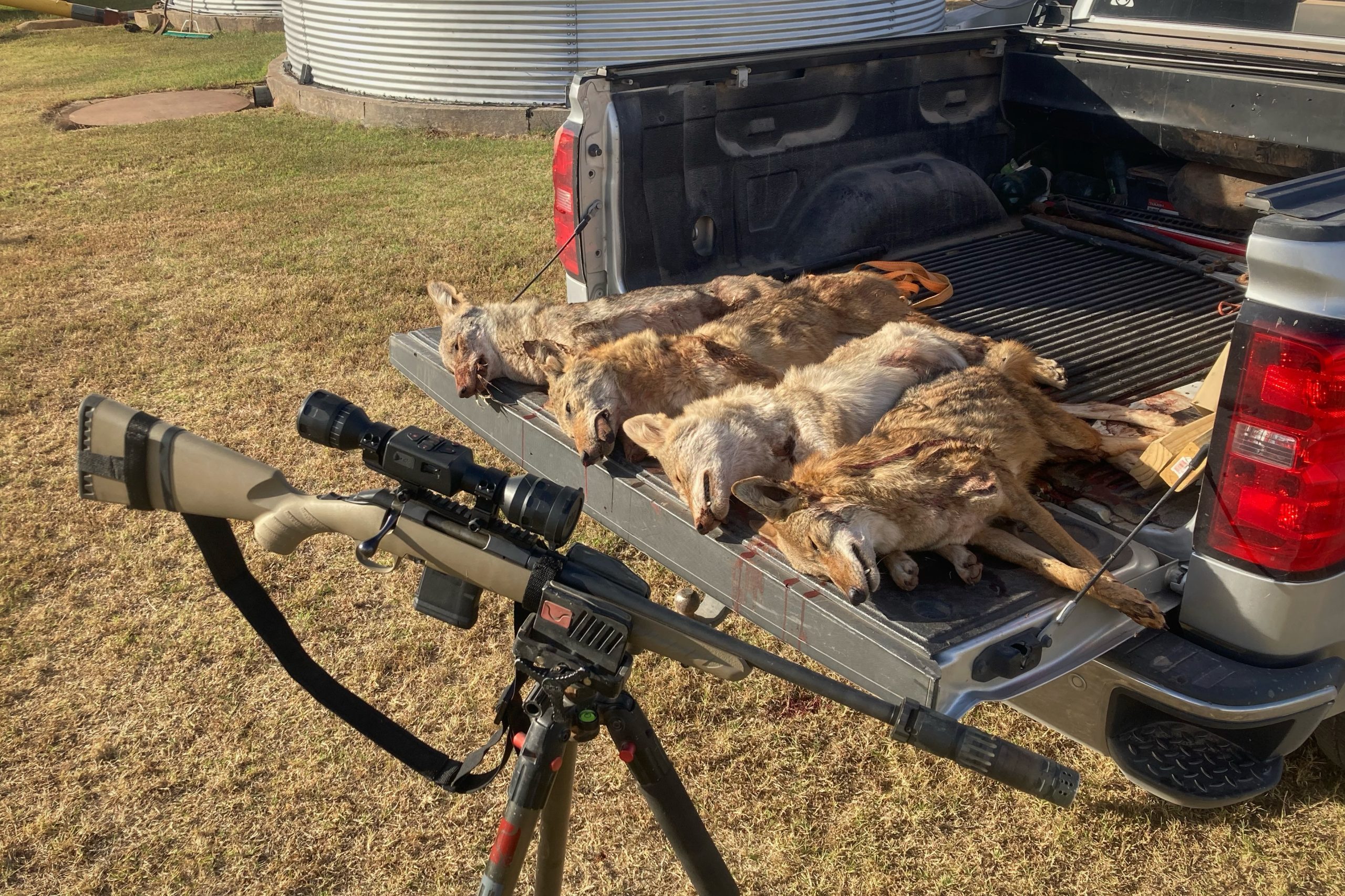
Final Thoughts
Overall, I think this optic performed pretty well. I liked the long battery life and clarity, but I do question its long-term durability. With an MSRP of $2995 I think this will be a competitive option for the sub-three-thousand-dollar market.
Be sure to visit ATN’s Website for more information on this optic or any of their many other products.
